The signing ceremony for the final pilgrimage of three sculptural fragments from the Parthenon currently held in the Vatican has just taken place in Rome, paving the way for their return to Athens where they will be officially unveiled in the Acropolis Museum on 24 March.
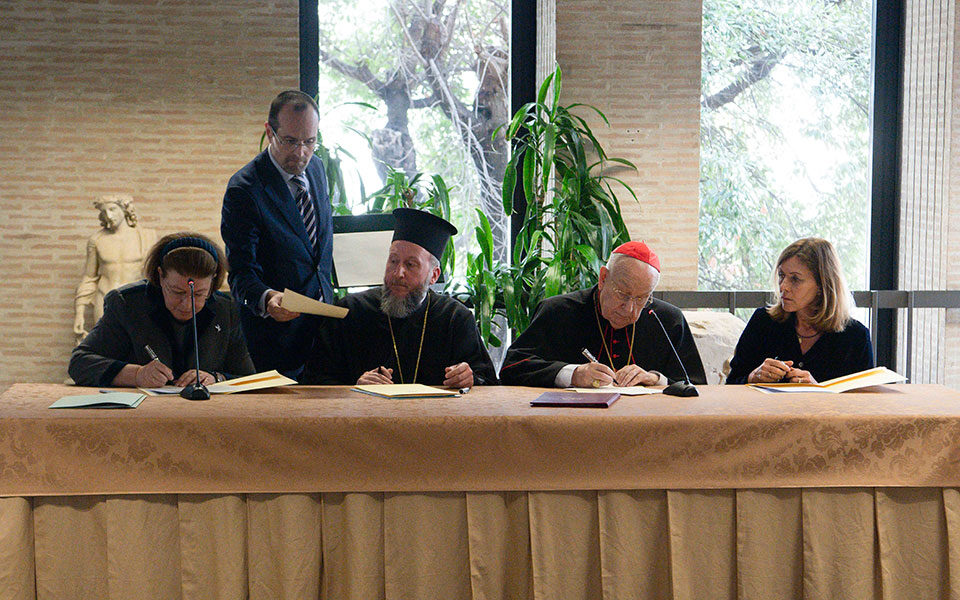
The formal deed of donation of the three fragments from the north frieze, the west pediment and the south metope of the Parthenon was signed by Cardinal Fernando Vérgez Alzaga, President of the Government of the Vatican City State (representing Pope Francis), Father Emmanuel Papamikroulis (representing the Archbishop of Athens and All Greece Hieronymus II), the Hellenic Minister of Culture and Sports, Dr Lina Mendoni, and the Director of Museums and Cultural Heritage of the Vatican, Professor Barbara Jatta.
In December 2022 Pope Francis in a communique issued by the Vatican had decided to return the fragments "as a testimony and a sign of the desire to continue the ecumenical journey of truth". As one of the tenets of the Catholic Church’s Ecumenical Movement is unitatis redintegratio - the restoration of unity among all Christians - it follows in a sense that that there is also an ecumenical or universal desire to reunite the Parthenon Sculptures.
The Vatican fragments
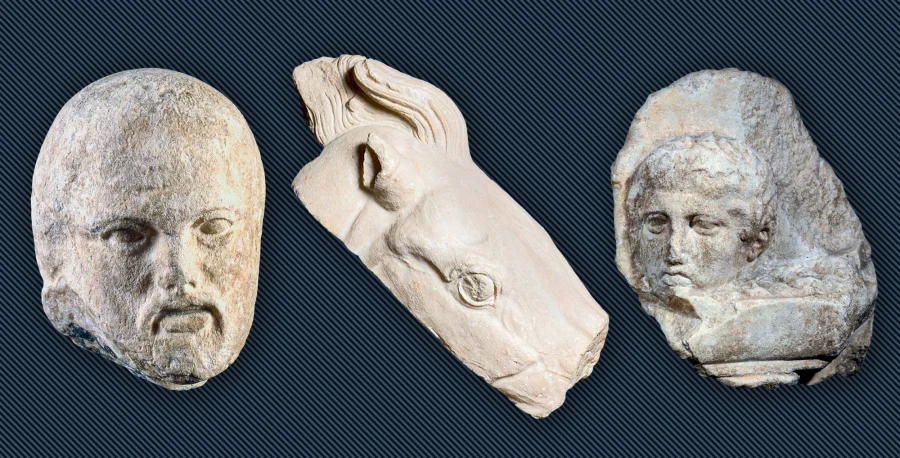
The Parthenon was built during the Periclean or Classical Age of Athens as a monument or temple to the Goddess Athena. But during the Age of Byzantium there was a Christian resurrection of the Parthenon when it was converted to a church and revered by Christians (although some of sculptural decoration was deliberately defaced on the grounds of profanity).
The disastrous military assault on the Parthenon in 1687 by forces under the command of the Venetian General Morosini saw the Parthenon roof blown off and fragments of some of the sculptural decoration falling to the ground. Whilst much of the broken statuary was collected by Lord Elgin’s men, some broken fragments were collected by opportunists and ended up in overseas museums, including the Vatican.
The three fragments from the Vatican came from different parts of the monument.

The head of the bearded man was part of South Metope XVI that depicted the mythical battle between the Lapiths and Centaurs.
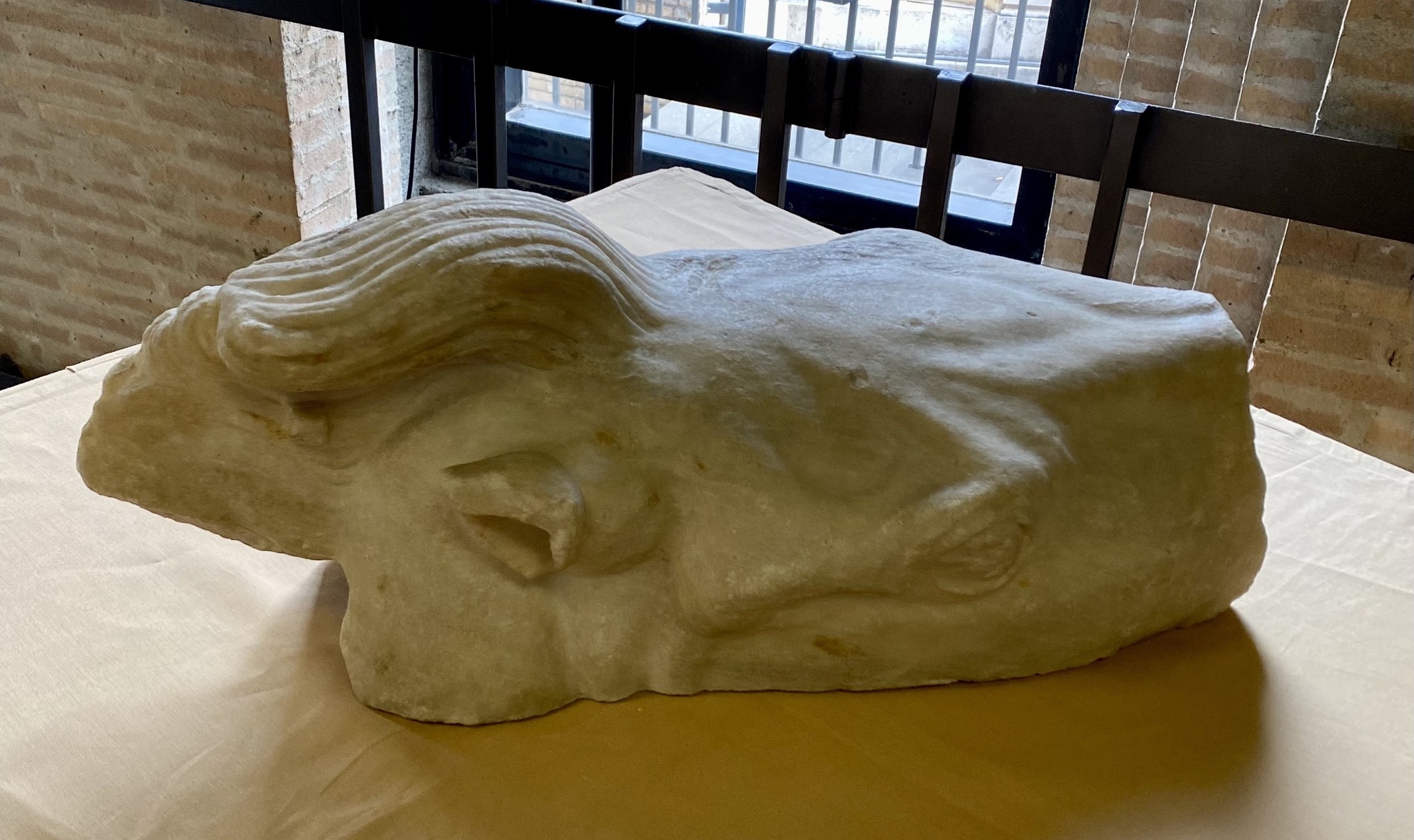
The horse's head is from a horse pulling the goddess Athena’s chariot on the West Pediment of the Parthenon.

The relief with the head of a young man is part of Slab V of the North Frieze and has been identified as one of the tray bearers from the Parthenon frieze.
The signing ceremony itself was somber and under the heavy shadow of the tragic railway accident in Tempe, Greece a few days earlier, as the speakers acknowledged on what would have otherwise been a joyous occasion.
Dr Mendoni underlined that with a particularly generous gesture and a sign of the spiritual and friendly relationship between the Greek Orthodox and the Catholic Churches, Pope Francis had offered Archbishop Hieronymos the three fragments in order to reunite them with the sculptures on display in the Acropolis museum. The Greek Culture Minister also paid tribute to what she described as the decisive contribution of the Ecumenical Patriarch Mr. Bartholomew, in order to reach this historic outcome.
Cardinal Alzaga explained the Pope’s rationale for the gift:
"This donation is a gesture of peace, in this historical moment, which has been marked, so much, by wars. This gesture wants to build bridges of brotherhood and show the world that there is always a path to dialogue and peace, as we hope can happen in the ongoing conflict in Ukraine. The most important value of this act is to see once again how the Pope's art collections become a privileged point of friendship between peoples, religions, Churches, overcoming all obstacles."

Father Emmanuel expressed the hope of the Greek Orthodox Church that this initiative of the Pope will find other imitators for the return of the fragments of the Parthenon, declaring:
"The Pope has shown that this is possible and realistic. The consequence of this very important initiative, which makes it truly a historical event, is that they are returning to this unique monument of world cultural heritage integral parts of it, healing, even partially, wounds and traumas from practices belonging to a distant past. Much still remains to be done.”
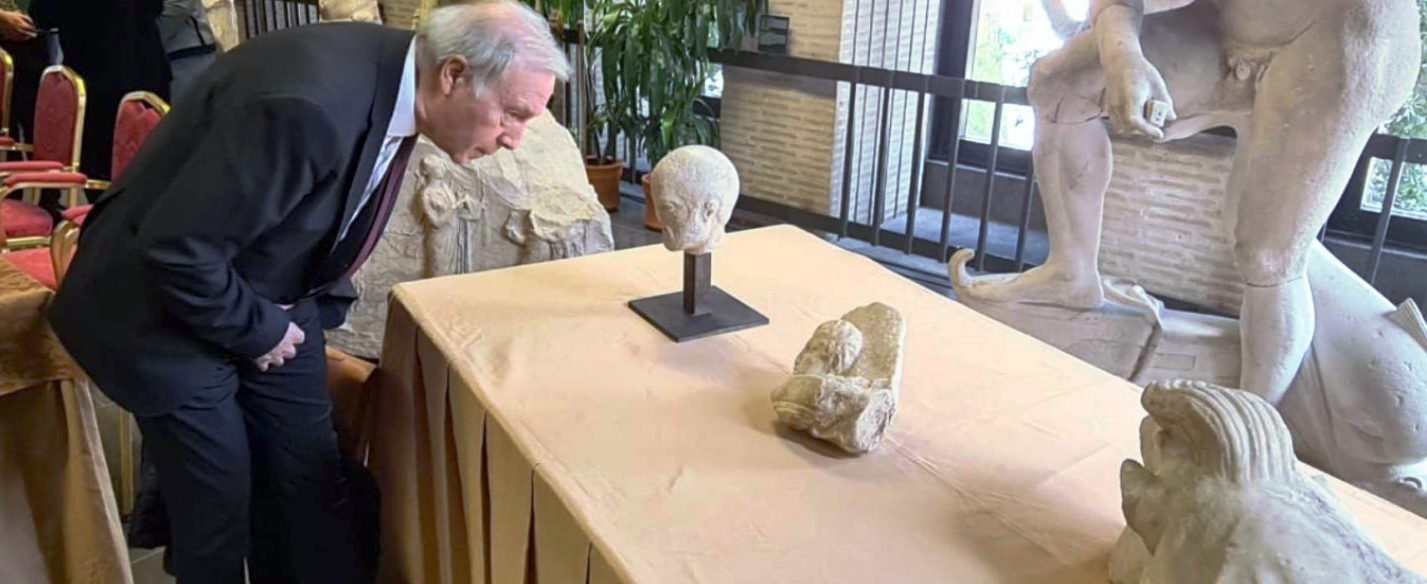
The Director of the Acropolis Museum, Professor Nikolaos Stampolidis was also present for the signing ceremony and could not contain his joy:
“I want to say a heartfelt thank you for the generosity of the Pope and the Catholic Church to return these three sculptures from the Parthenon's metope, frieze and pediment to the Acropolis Museum in Athens, so that they can be reunited forever with the monument to which they belong. The Parthenon is the universal monument, not only for Greece, but for the whole of humanity, and the Pope's act shows that one must indeed walk in the universal truth of unity and therefore, in this sense, with reference to the universal monument that is the Parthenon.”
This is not the first time a fragment from the Vatican Museum’s Parthenon collection has been returned to Greece. Back in 2008 the Vatican agreed to send from its Gregoriano Etrusco Museum the marble head of the young tray bearer to Greece for display in the New Acropolis Museum on a one year loan, fulfilling a request by the late Archbishop of Athens and All Greece, Christodoulos, to late Pope Benedict XVI. When the fragment finally arrived in Athens, the then Greek Culture Minister, Michalis Liapis, declared that this papal gesture would set an example for others to follow and finally restore the unity of the Parthenon Marbles.
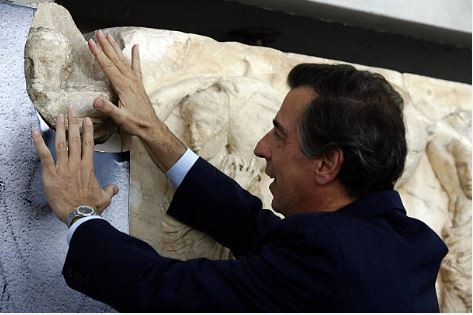
The path to unity is now established.
Although the term used in the Vatican case is that of an ecumenical “donation”, the real effect is that three more integral sculptural fragments from the Parthenon will be reunited forever in the Acropolis Museum, at the foot of the Sacred Rock, and bathed in the divine light of Athens.
This also comes in the wake of the return in 2022 of the Fagan fragment from Palermo in Sicily which is now on display in the Acropolis Museum by way of a permanent deposit.
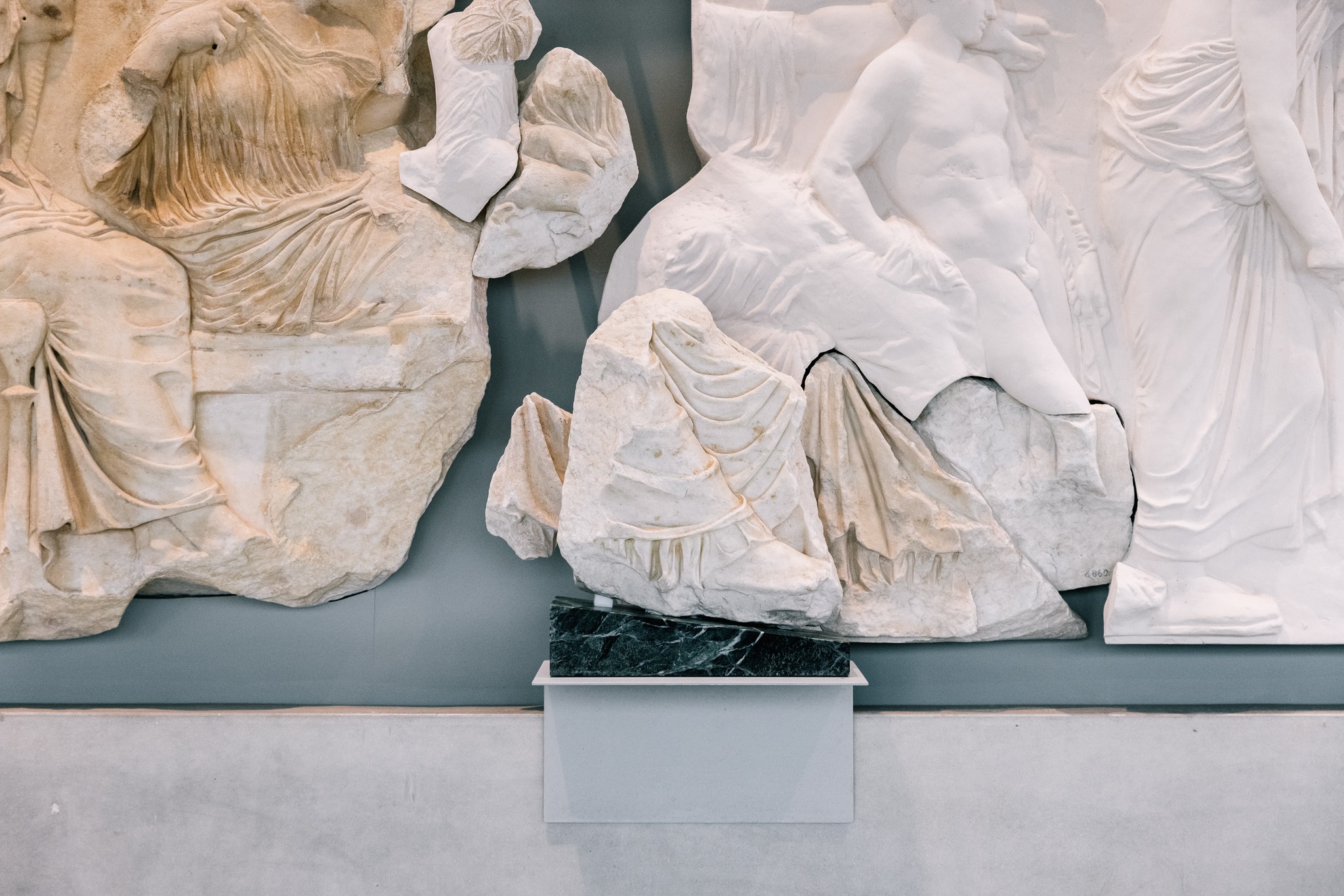
As some commentators have noted, this latest development will apply more pressure on the British Museum to conclude a deal with Greece for the reunification of its collection of Parthenon Sculptures (formerly known as the Elgin Marbles), currently on display in the Duveen Gallery, and which reportedly has been the subject of ongoing negotiations between the Greek Prime Minister, Kyriakos Mitsotakis, and the Chair of the British Museum Board of Trustees, George Osborne.
Perhaps more divine intervention is required to ensure that the British Museum finally sees the light?
George Vardas is the Arts and Culture Editor and the co-Vice President of the Australian Parthenon Association and co-founder of the Acropolis Research Group


